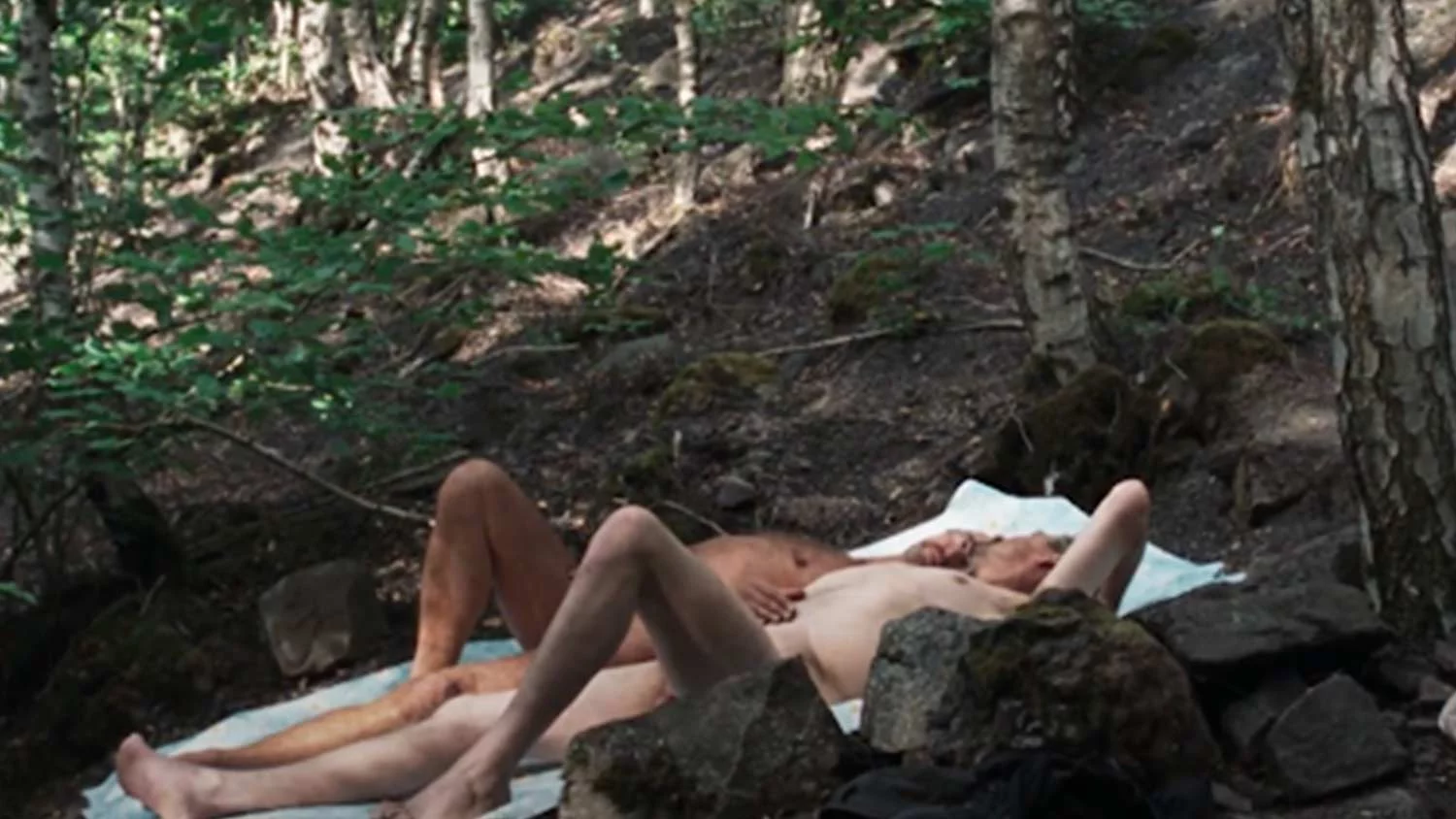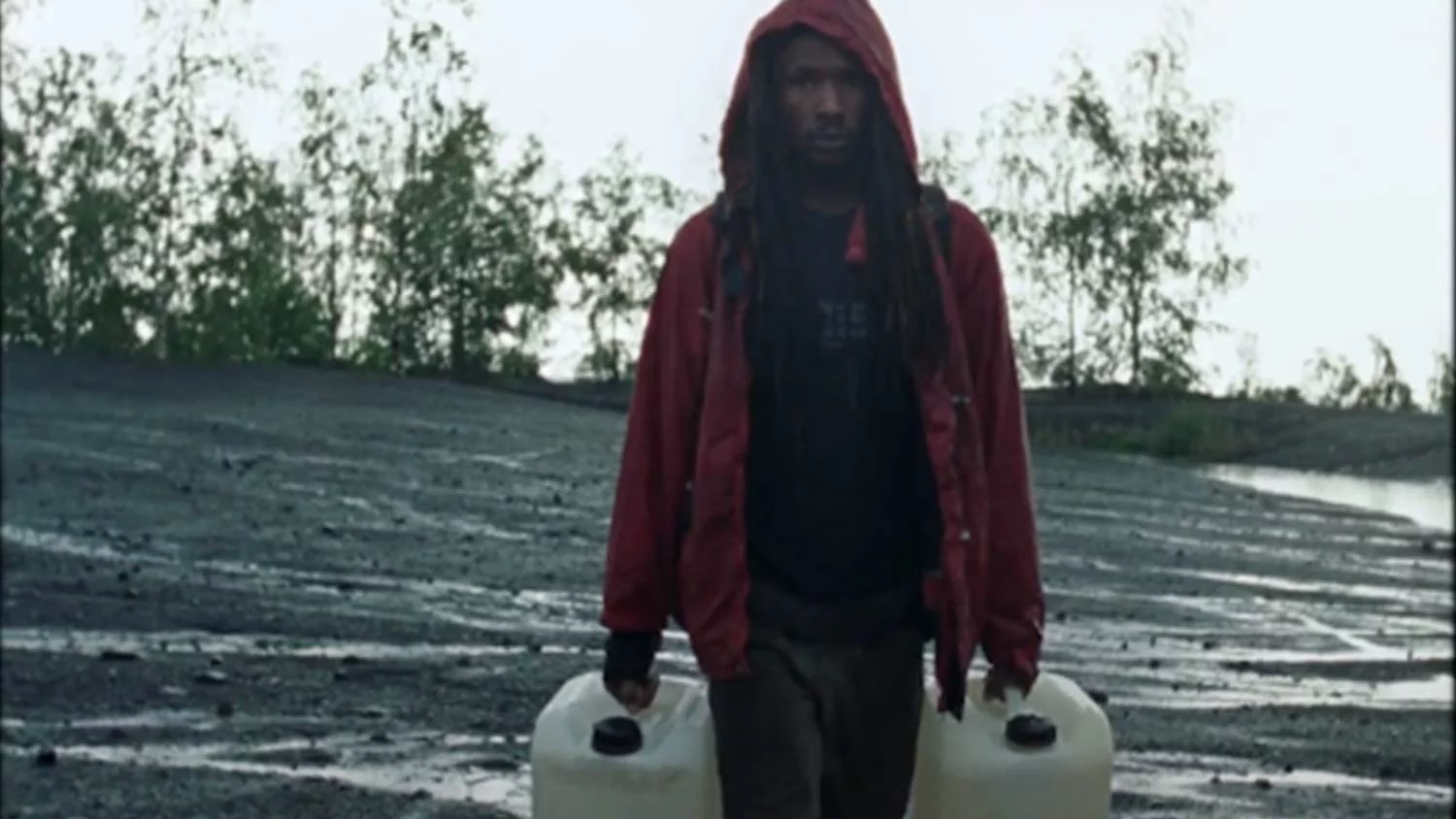Trees Remember What Men Leave Behind: A Review of ‘The Men Who Wait’ by Trương Minh Quý
By Rebecca Kwee

Can life spring forth from formerly toxic waste? Can the marginalized claim land to call their own, occupy spaces to quench their desires? In Trương Minh Quý’s The Men Who Wait, a centuries-old expanse of mining refuse is now a thriving forest harboring migrants and gay cruising grounds. And in this secondary forest in Northern France, memories of past lives intersect with urgent cravings of the present, while paths of different marginalized groups cross, irrevocably affecting each other’s trajectories.
Physical needs are at the heart of the two parallel stories. In the first storyline, two men pick up each other for sex, and they engage in post-coital conversation before heading their separate ways. In another, a Malian immigrant roams around the forest with two jugs of water, and we assume that he has made this place his home. Both stories dwell on physiological needs—the immigrant ferries water and rests in the forest, while the cruising partners fulfill their basic needs and rest on a picnic mat under the forest canopy. Shelter and sustenance are recognized as human rights in multilateral treaties, yet all characters here need to leave the boundaries of society and enter the forest to fulfill these needs.
Trương treats his characters with a matter-of-fact gaze that portrays everything that passes as natural. This is especially evident in shots of the two partners’ elderly bodies—the apparent contradiction between their virility and their old age dissolves when we view them reclining alongside the forest trees, their exposed, bent knees drawing parallels to the peeling bark of the thin tree trunks surrounding their picnic mat.

The spirits of the formerly marginalized are present as well—one of the cruising partners mentions that his father was a coal miner, and probably gay. The immigrant also recounts his memories: “I arrived here alone. My home is far away. I will never return. I am—” These hidden memories are heightened by the camera’s explorations of verticality throughout the 14-minute film: shots of rustling tree branches extending upwards into the sky, a man reaching down for oral intercourse, another sledding down a slag heap on his jug of water, a camera panning down from a shot of two cruising partners to the roots and soil beneath them….
Shot on grainy, archival 16mm, these seemingly disconnected scenes are imbued with a sense of fatalism, linked through an evocation of past memories—perhaps the deliberate downward movements pay homage to the coal miners, to those who ventured hundreds of meters beneath the earth, knowing that they’ve migrated from afar to toil at risk, for a better chance at life above ground. These impressions are especially poignant given The Men Who Wait is Truong’s first film shot outside of his home country of Vietnam—while the diegesis is European, the forest soundscape is reminiscent of his previous work exploring memory and displacement in Vietnam.
In the final scenes of The Men Who Wait, Trương seems to question how a space for the marginalized can transform those who inhabit it. After a brief encounter with the two men, the immigrant’s thirst transforms from physical to sexual. He waits in the forest for someone, and we’re not sure if he succeeds by the end. He is an outsider, like the many coal miners who once worked on the ground he stands on. But as a forest emerges from the remains of the coal miners’ hard labor, providing fleeting respite for the forgotten, one hopes that his alienation can be temporarily assuaged in this regenerative landscape.
